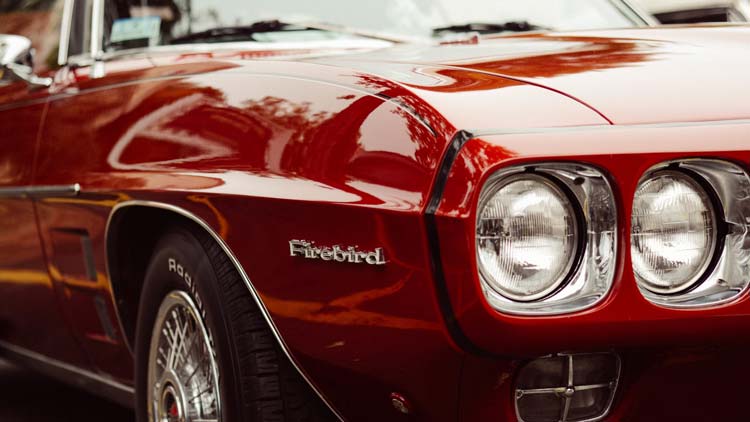Preparation items to be considered for storing vintage historic cars properly.
Car Storage Facility
Location, security, insurance requirements, accessibility, loading and unloading ease. Privacy for your vintage car.
Vintage Historic Car Batteries
disconnection, removal or battery minder to be installed.
Vintage Historic Car Cooling System
this will depend on the product in the system as Ethylene Glycol has a serviceable life period, inhibitors are more friendly and straight water will cause rust and possibly electrolysis.
Vintage Historic Car Fuel
this will be vehicle specific but for long periods this is best kept to a minimum and fresh fuel added when required.
Vintage Historic Car Tyres
most cars when stored long periods would have the weight removed from the tyres by raising the chassis therefore relieving weight from tyres and suspension.
Vintage Historic Car Engines
engines should be stored with reasonably clean oil so as not to have any residual carbon or chemical byproducts that could solidify or corrode. When engines are to be started after lengthy storage periods it is best that oil is changed, motor has the spark plugs removed and engine primed for oil pressure.
Vintage Historic Car Brakes
handbrakes where fitted should not be applied, wheels should be chocked. Brake fluid should be flushed and changed before use.
Making a Vintage Car Storage plan
It is recommended that a service book entry or notes be left with the vehicle as to what has been done. Planning the storage and then later the correct procedures for making the vehicle ready for service will be much easier if recorded.


